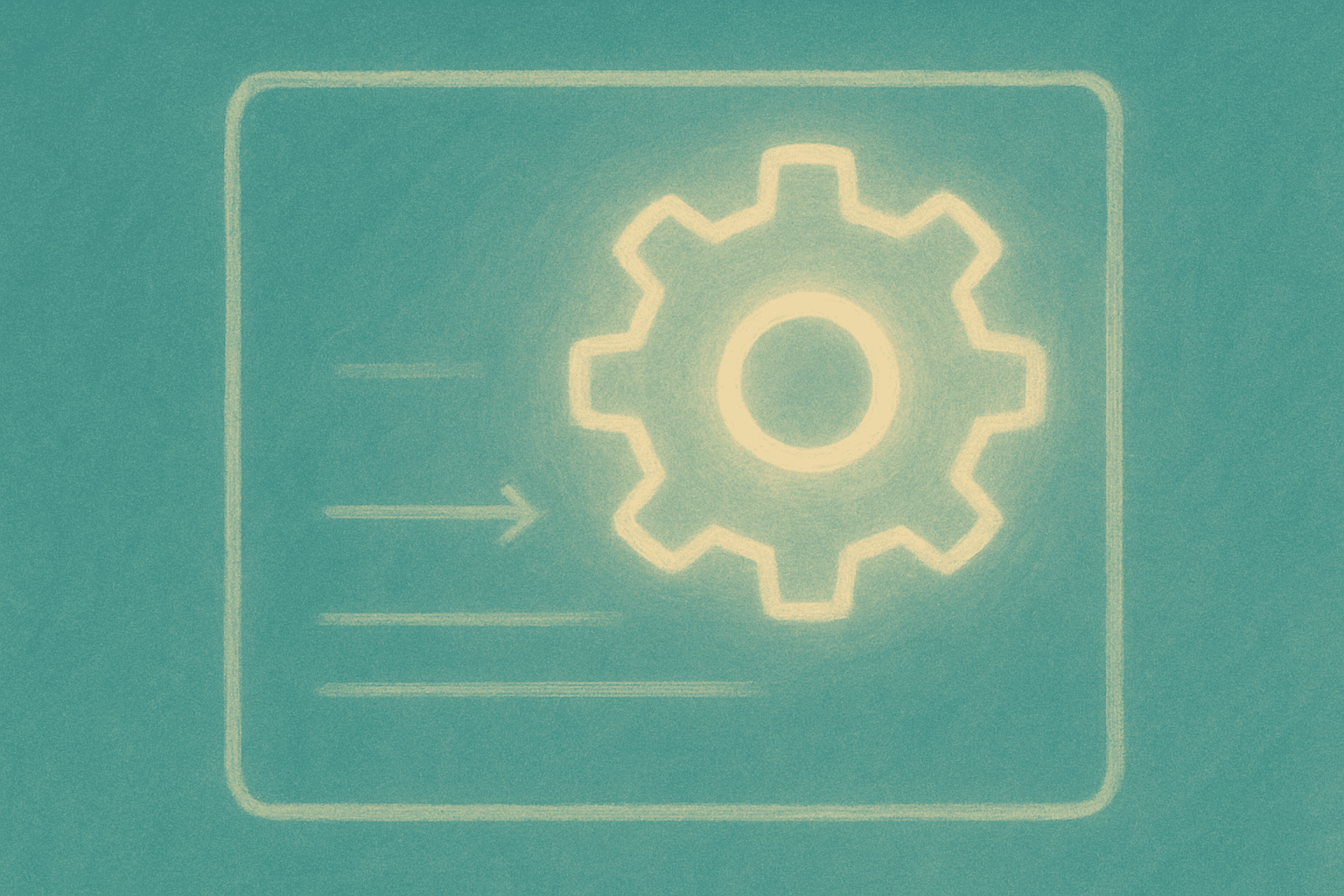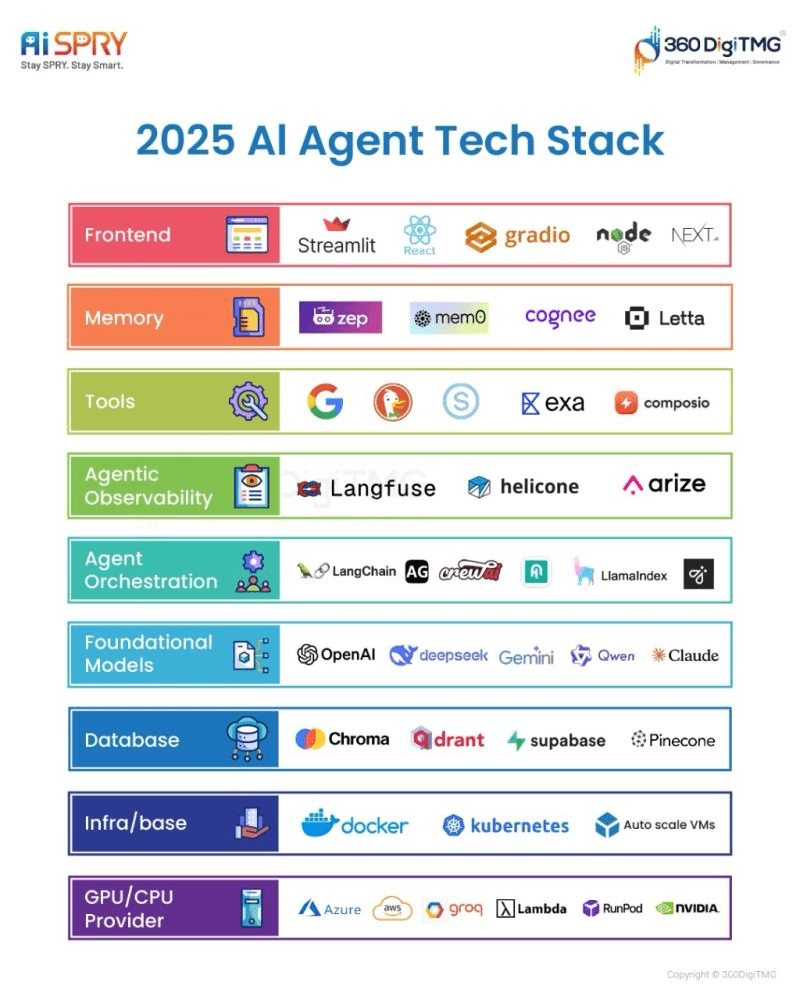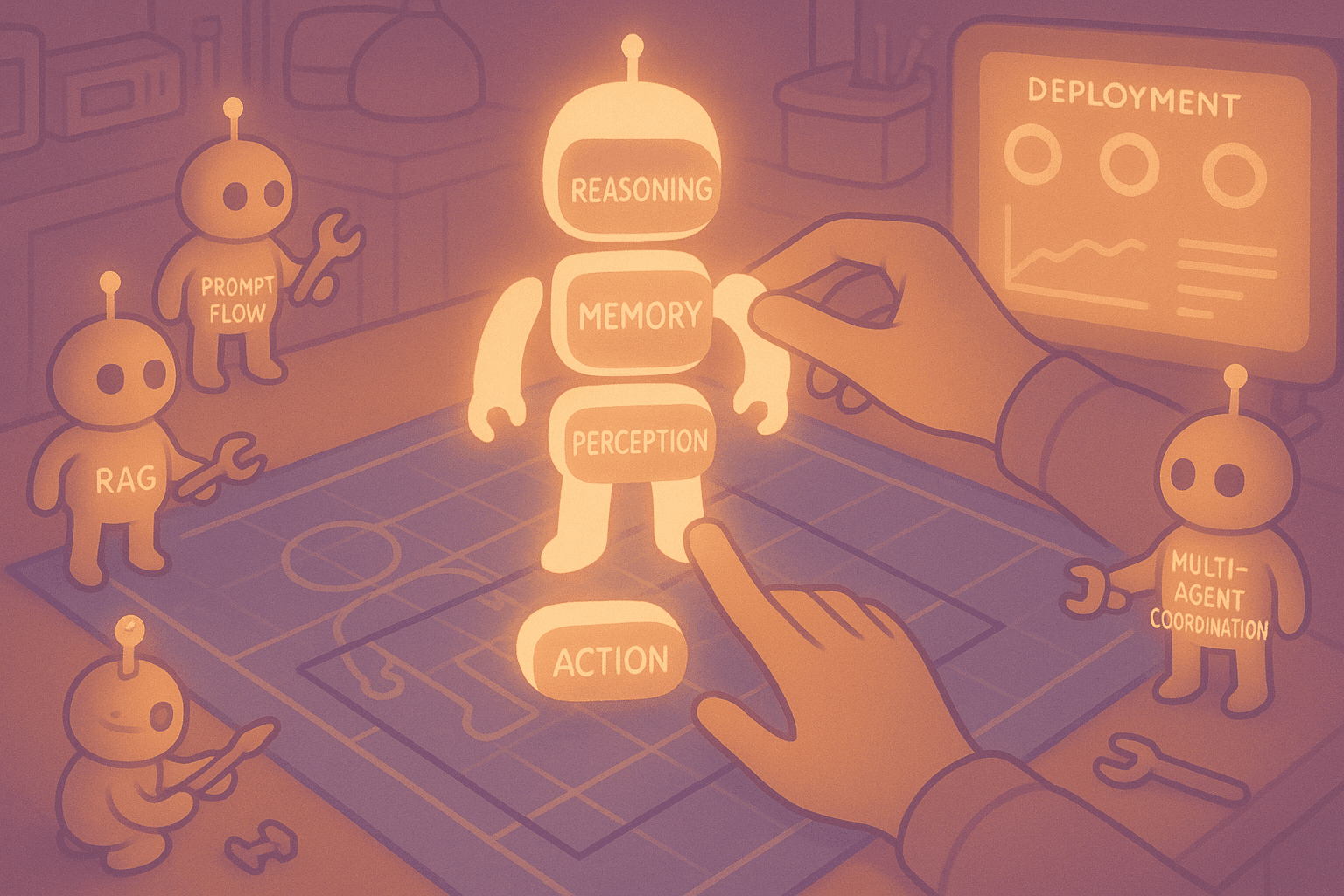
The most important step in building effective AI agents isn’t choosing the right model, it’s defining a clear purpose.
AI agents are autonomous systems that perceive, reason, and act toward specific goals, but without a focused objective, even the best tools will underdeliver. Thoughtful design aligned to a real use case is what turns an agent from a demo into a business asset.
1. Define Your Agent's Purpose and Environment
Begin by specifying what your agent should accomplish. Whether it's answering customer queries, automating data entry, or analyzing documents, a well-defined purpose guides all subsequent decisions. Understand the environment where your agent will operate, whether that's a web application, mobile app, or enterprise system.
2. Gather and Prepare Data
Collect relevant datasets such as FAQs, logs, or domain-specific documents that your agent will need. Clean and structure this data for training or fine-tuning your models, as high-quality data directly impacts agent performance.

3. Assemble Your Development Team
A typical AI agent development team includes:
Machine Learning Engineers
Data Scientists
Software Engineers
UI/UX Designers
DevOps Engineers
4. Select the Right Technology Stack

Choose appropriate programming languages (Python being the most common), APIs, and data storage solutions. Decide between building from scratch or using frameworks based on your needs:
No-code/Low-code Platforms (Dify, Vertex AI Agent Builder): For rapid prototyping or teams with limited technical expertise. These tools offer speed and ease of use but with limited customization options.
Multi-agent Systems (CrewAI, AutoGen, Microsoft AutoGen): Ideal for complex workflows requiring specialized roles or collaboration between agents.
Retrieval-Augmented Generation (Haystack, LlamaIndex): Best when agents need to search and synthesize information from large data sets.
General Automation (AutoGPT, BabyAGI): For agents that autonomously plan and execute multi-step tasks.
Custom/Enterprise Solutions (LangChain, Ray AI): For deeply integrated, scalable, or highly customized implementations.
5. Design the Agent Architecture
Create a modular design with separate components for perception, reasoning, memory, and action. For agents handling multiple tasks simultaneously, implement concurrent design patterns to maintain responsiveness.
6. Build, Test, and Iterate
Implement the agent logic and integrate with your chosen models or APIs. Test extensively with real-world scenarios and edge cases to identify potential failures. Collect user feedback and refine your agent in response.
7. Deploy and Monitor
Move your agent to production with robust logging, monitoring, and error recovery systems in place. Implementing comprehensive observability from the outset enables debugging and performance tracking.
Best Practices for Building Effective AI Agents

Start Small: Focus on one clear task, breaking it into manageable steps before building agents for each microtask.
Implement Effective Prompt Engineering: Use precise, well-structured prompts and instructions to guide agent behavior.
Integrate with Tools: Connect agents to APIs, databases, or external tools to enhance their capabilities.
Incorporate Memory: Allow agents to remember context and improve over time by implementing memory modules.
Design Robust Error Handling: Ensure agents can recognize, recover from, and log errors properly.
Create Intuitive User Experiences: Design interfaces and feedback mechanisms that make sense to users, especially for customer-facing agents.
Adopt Iterative Improvement: Continuously test, gather feedback, and refine agent behavior for reliability and accuracy.
Example: Building a Simple Conversational Agent
Using Vertex AI Agent Builder:
Access the platform and activate the API
Create a new conversational agent with a defined goal
Set instructions and configure the agent's persona
Choose an underlying model (e.g., Gemini-1.5)
Test in the simulator and deploy when satisfied
Using CrewAI:
Install CrewAI with pip
Create a new project and select your preferred LLM provider
Define roles and tasks for each agent in the crew
Run and monitor your agents via the dashboard
Choosing the Right Approach
The right framework depends on your specific use case, technical expertise, and customization needs. Regardless of approach, following best practices in design, testing, and monitoring is essential for deploying effective AI agents.
Want to automate your AI agent development process?
it empowers you to build, test, and deploy AI agents without writing complex code. Just describe the agent you want to create, and Wordware handles the technical implementation. Save weeks of development time and focus on refining your agent's capabilities instead of wrestling with frameworks and infrastructure.